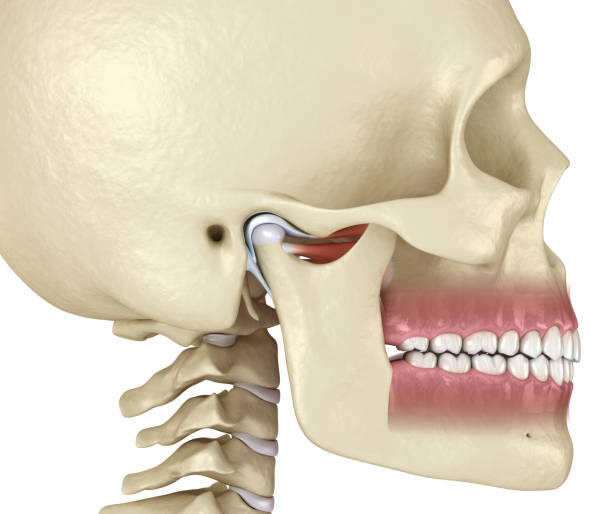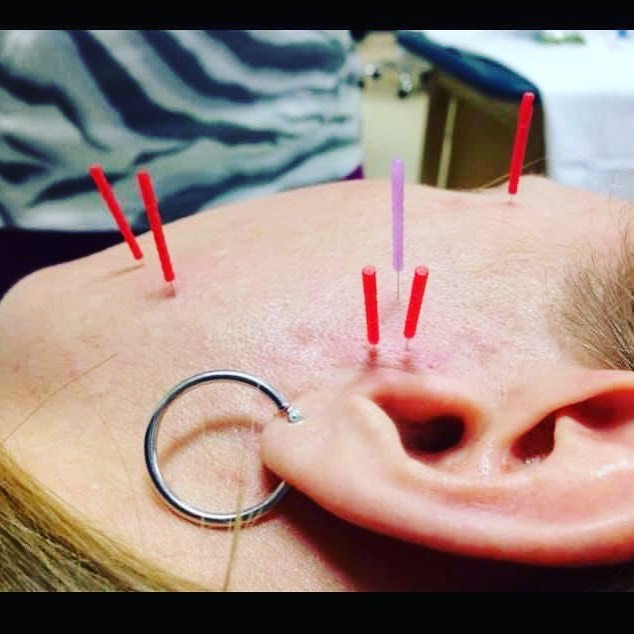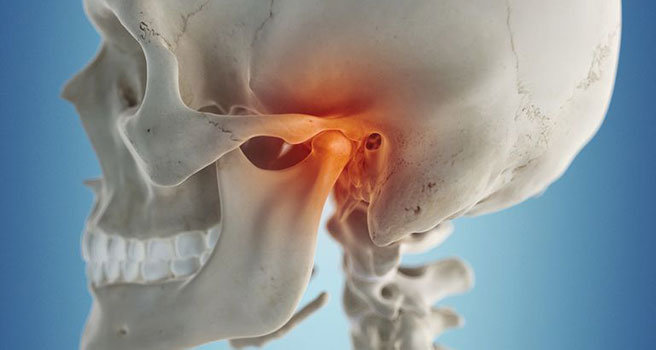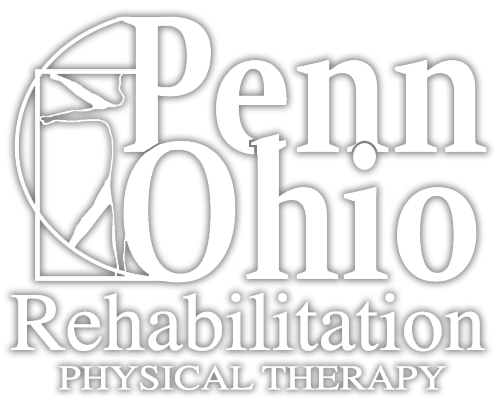Jaw Pain (TMJ)
Targeted Treatment for Jaw Dysfunction
Improve Movement
reduce pain
increase function

What is Temporal Mandibular Joint (TMJ) Dysfunction?
The Temporal Mandibular Joint is a small joint that connects the jaw bone to the skull by the ear. Used for opening and closing of the mouth, chewing, yawning, playing a musical instrument, and talking, this small joint can become inflamed or develop arthritis. Symptoms of TMJ are:
– Pain
– Limited motion
– Difficulty chewing
– Muscle stiffness
– Clicking or popping in the jaw
– Ear pain
– Locking of the jaw
– Headaches
How Can Physical Therapy Help?
Physical Therapy is one of the most common treatments for TMJ. PTs use a variety of techniques such as, dry needling, mobilization, manipulation, posture correction, soft tissue mobilization and jaw mechanic retraining exercises to restore movement and reduce pain.

What Should You Avoid While Being Treated for TMJ?
There are a few things that you should avoid if you have TMJ symptoms or if you are being treated. These things can put extra stress on the joint and further cause inflammation, they include:
– Chewing gum
– Eating hard, chewy, or tough foods
– Leaning with your chin in your hand
– Biting on pens or pencils

Schedule an appointment
Schedule an appointment or call us to speak with our physical therapists to see if. we can help treat your TMJ.
